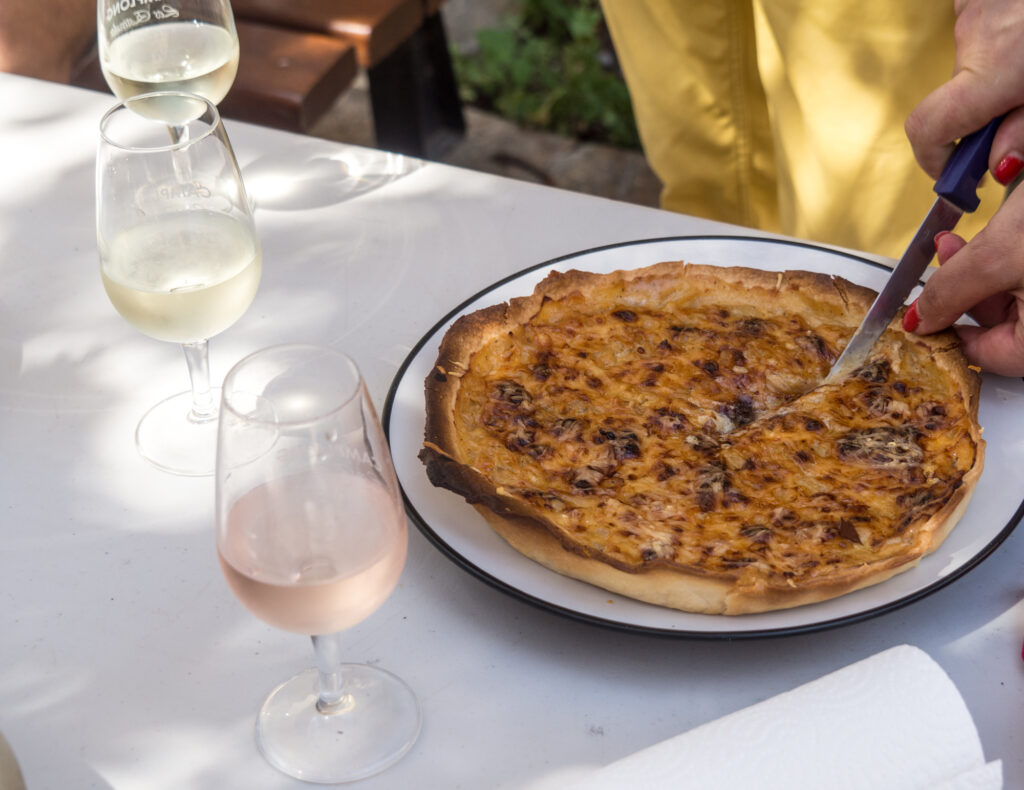
I think I could live on Spanish salads, at least in the summer months. They’re always so colourful, and usually include protein and a bunch of vitamins, with different textures and a balance of sweet and sharp. Fruit often features, especially on the Costa Tropical, where avocados and mangos are a major crop.
I’ve already featured ensalada tropical; this salad is one we had in our favourite restaurant, which describes it as “ensalada asiatica”. It doesn’t seem that Asian to me; I guess it’s because it features Thai sweet chilli sauce. This is Steve’s first attempt at replicating it, and it was a little on the sweet side; next time about half of the mango will be replaced with slices of orange, so that’s how I’ve written the recipe. It was absolutely delicious though. I’m normally ambivalent about prawns but these were amazing; I am a convert now.
The basic recipe is below; adjust quantities and proportions according to taste, and you don’t need to include all the elements as long as there’s a good balance of crisp, soft, sweet and sharp. Needless to say everything should be perfectly ripe. If you can’t get miel de caña (a very local product), pomegranate molasses or maybe reduced balsamic vinegar would be good substitutes.
We eat this as a starter, but you could make it a light main course.
Read More








